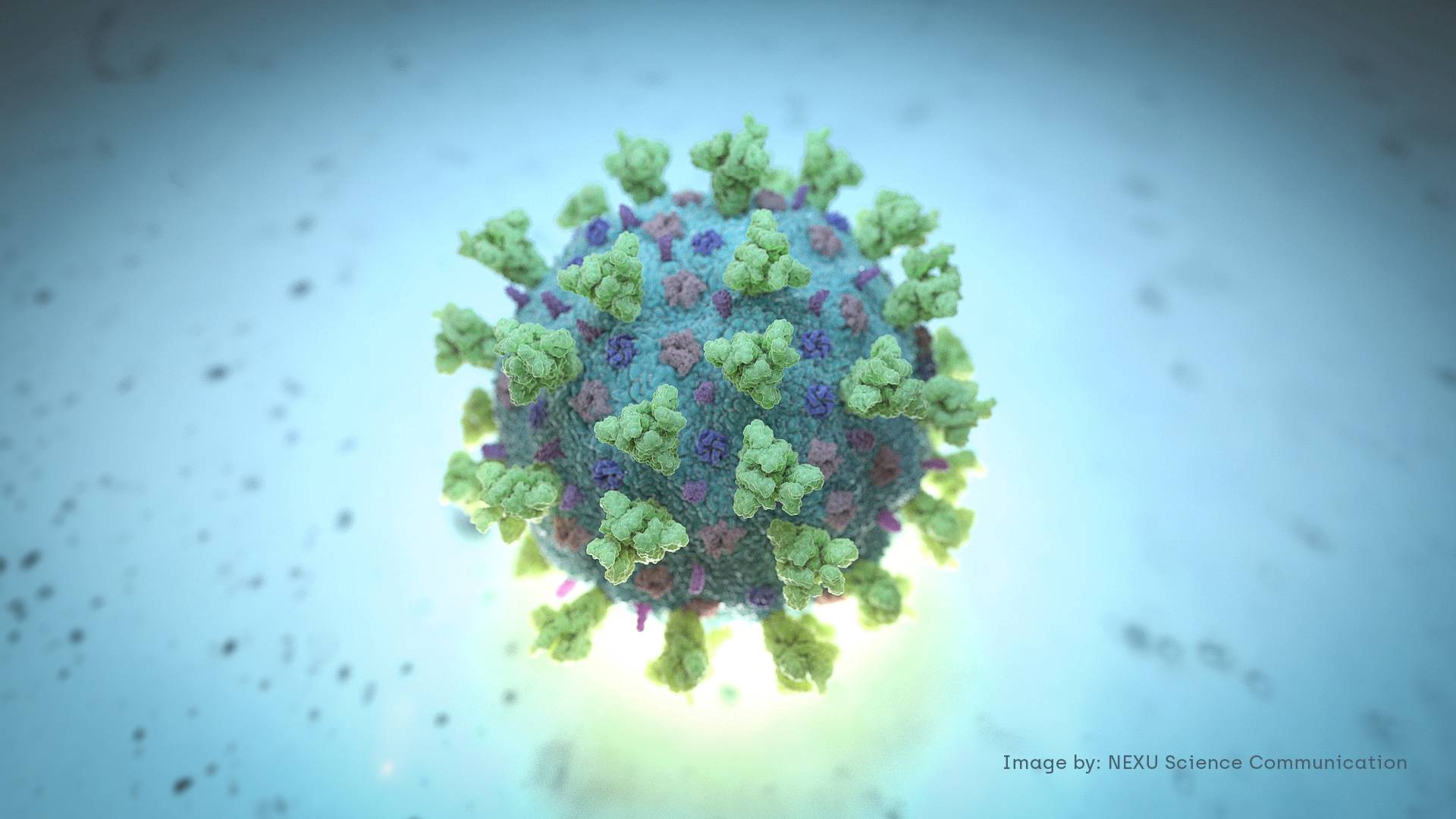One of the factors that will drive the future of the COVID-19 pandemic is how the virus evolves. And last week, scientists announced the first evidence that the virus has evolved to be more transmissible.
The mutation happened around late February, as the virus moved from East Asia to Europe. The first group to publish a paper raising this possibility was led by computational biologist and HIV evolution expert Bette Korber at Los Alamos National Laboratory. She couldn’t quite convince the scientific community, but virologist Ralph Baric of the University of North Carolina was persuaded enough to continue this line of investigation. Last week, after a series of experiments in cells and hamsters, he and Yoshihiro Kawaoka at the University of Wisconsin published a more complete case in Science. The implications for the history of the virus and its likely future are profound.
Natural selection favors organisms that are better at survival and reproduction. For viruses like Sars-CoV-2, that means reproducing prolifically and transmitting to new hosts easily. So far, scientists have found only one mutation that improves the survival ability of the virus. The more transmissible strain is referred to as G614, and the ancestral one as D614. It doesn’t look like the G strain is any deadlier than the D. Being deadlier might actually make a virus less evolutionarily fit, because viruses die with their hosts.


















With your current subscription plan you can comment on stories. However, before writing your first comment, please create a display name in the Profile section of your subscriber account page.